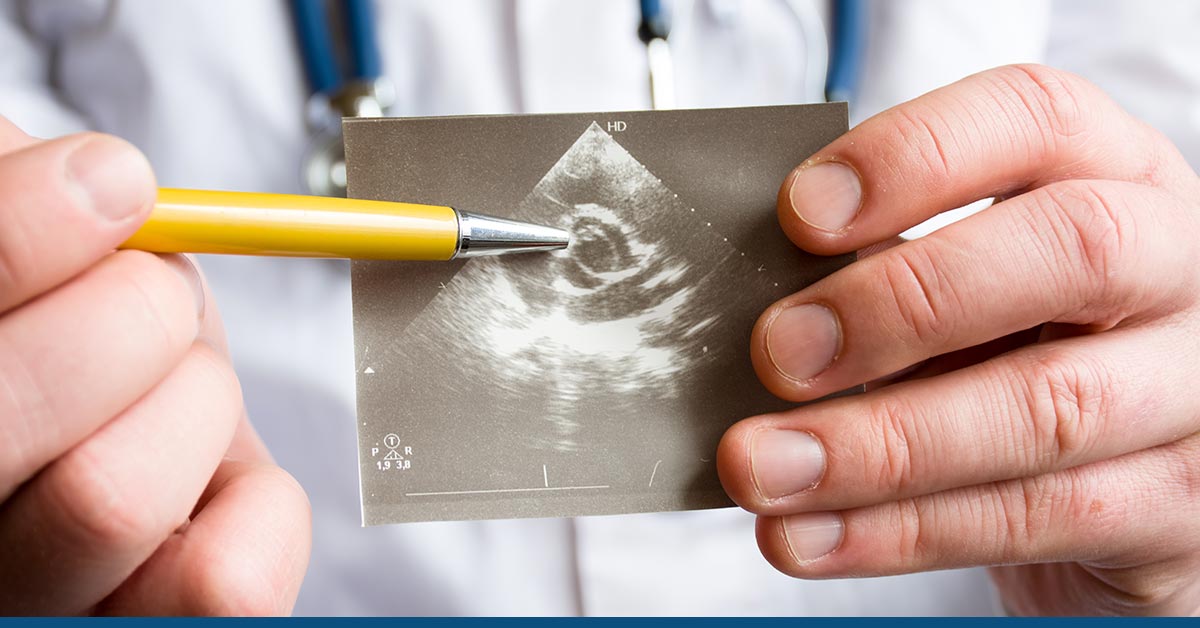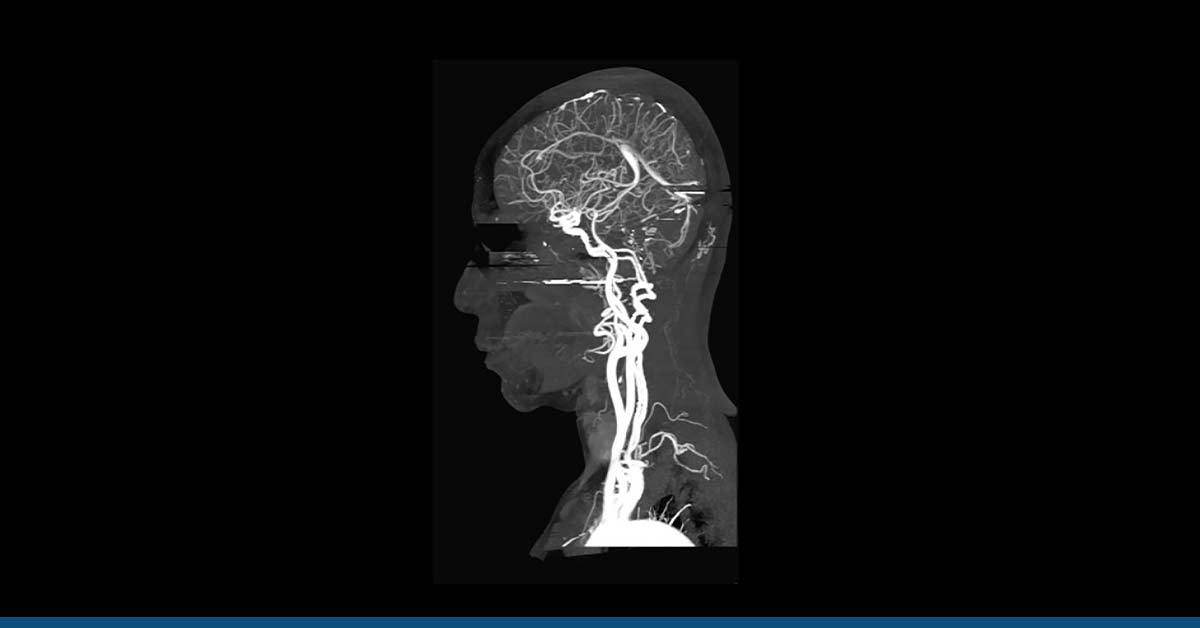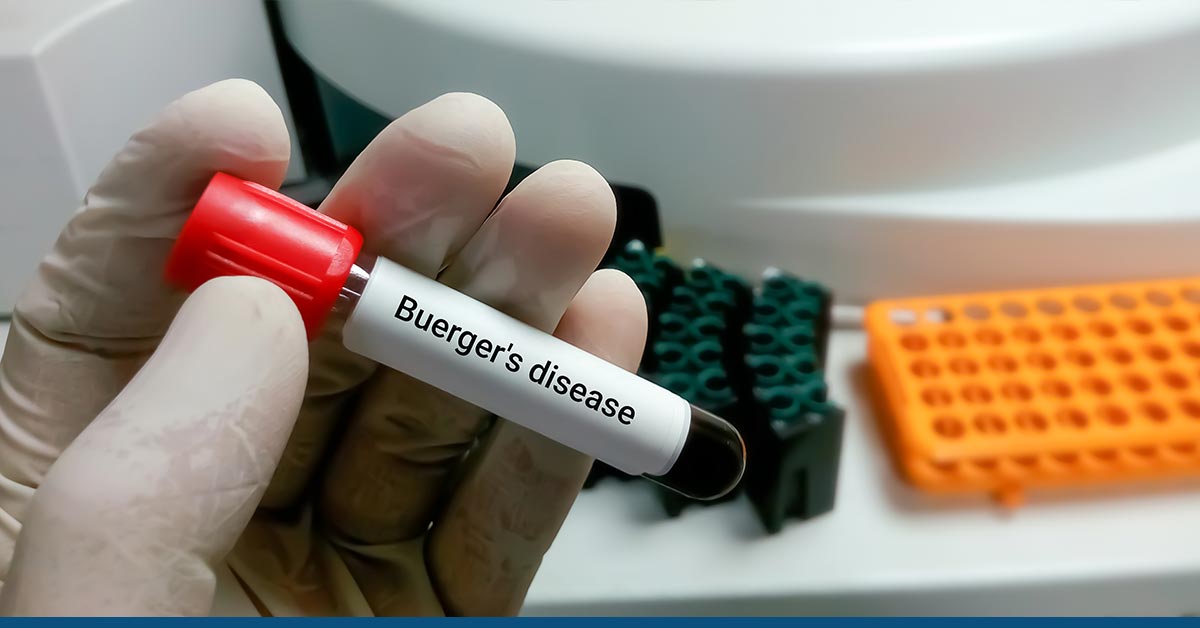Trauma remains the greatest cause of mortality for those under 44 years old in the US and is one of the top five causes of death for those over 45.
It is capable of causing aortic damage and is among the most critical and potentially fatal conditions. Traumatic aortic injury is one of the conditions requiring immediate medical attention to prevent death. Traumatic aortic injury refers to a ripped, bruised, or punctured aorta.
A gunshot, knife, or automobile collision may inflict damage. It is a severe and potentially lethal injury. Aorta damage can be caused by direct compression and rupture, which nearly usually results in death, or by shearing forces following an upper chest injury.
Most individuals with severe ascending aorta damage die at the scene of the accident. The leading cause of injury is blunt force trauma. In the first twenty-four hours following the onset of a catastrophic aortic lesion, 30% of those affected die.
Low blood pressure, external symptoms of trauma, and mental status changes are common symptoms associated with traumatic aortic injury. Low blood pressure results from blood loss produced by a tear or rupture of the aorta. Additional symptoms associated with blunt aortic injury may include difficulty breathing, shock, localized pain in the affected area, and hoarseness.
Today’s post discusses the causes and symptoms of traumatic aortic injury, along with shedding light on the diagnostic and care aspects of aortic injury.
Table of Contents
ToggleTraumatic Aortic Injury
The aorta (largest blood vessel) circulates oxygen-rich blood throughout the body. This blood is pumped out of the heart by the left ventricle, the primary pumping chamber.
Traumatic aortic transection, also known as aortic rupture, occurs when an incident, such as a vehicle accident or a fall, causes the aorta to break nearly completely in two.
This type of rip may be caused by traumatic aortic dissection, also known as aortic rupture. It is the second leading cause of fatalities in car accidents.
The injury is caused by rapid deceleration (sudden slowing down). Most of the time, there are multiple other life-threatening injuries along with this one. Injury can happen anywhere along the aorta, from the ascending aorta to where it splits from the iliac bifurcation.
However, it usually happens where the aorta is attached to other body parts, like the aortic isthmus. A traumatic aortic injury occurs when the aorta is injured or ruptures due to the artery being punctured or struck.
These wounds can range from minor scrapes or rips to a ruptured aorta, resulting in significant blood loss and potentially fatal. The bruised aorta is a medical condition threatening a person’s life and must be addressed immediately.
Penetrating trauma: The aorta is immediately severed or punctured. Most of the time, these wounds result in significant blood loss. In certain instances, the tissues around the aorta might stop bleeding.
Automobile accidents cause blunt trauma; however, falls from great heights can also result in this type of injury. When a person is severely struck, the aorta typically ruptures in the upper chest.
Symptoms of Aortic Injury
Early symptoms of aortic injury can vary based on the type and severity of the injury. Typical symptoms include:
- Chest pain is a common symptom and may be described as sharp or tearing.
- Shortness of breath can be caused by blood loss or lung compression.
- Back or abdominal pain can occur if the damaged aorta is located in the thoracic or abdominal region.
- Syncope or fainting can result from reduced blood flow to the brain.
If the aortic injury affects the recurrent laryngeal nerve, hoarseness or difficulty speaking can occur.
It is important to note that some aortic injuries may not cause any symptoms or cause only minor, easily missed symptoms.
In suspected cases of aortic injury, this highlights the significance of early detection and diagnostic tools. Early detection and treatment can significantly improve patient outcomes.
Before reaching the emergency room, most individuals with a full thoracic aortic transection die. Patients who reach the emergency department (ED) may have tiny or partial-thickness aortic wall tears, which can lead to the formation of a pseudoaneurysm.
Patients with traumatic aortic injury have a greater chance of survival if they get a prompt diagnosis leading to the immediate initiation of treatment.
Diagnosis and Care of Bruised Aorta and Injury
An aortic rupture is usually often identified in the emergency room. Diagnostic imaging methods such as magnetic resonance angiography (MRA), computed tomography (CT), or an aortic angiogram are used to examine the aorta.
Some diagnostic imaging tests require the injection of a specific dye into a vein so that the results can be seen more clearly in the images.
A transesophageal echocardiography is another imaging test that can diagnose cardiac problems, including blunt aortic injury or bruised aorta. This echocardiography method involves inserting an ultrasonic probe down the throat and examining the aorta.
The assessment process for aortic injury considers the following factors:
- Hemorrhage identification and control
- Heart rate and blood pressure monitoring and management
- Resuscitation
When patients’ blood flow is unstable, they should immediately be rushed to the operating room.
Blunt aortic injury can be fatal, so treatment should begin immediately. Endovascular therapy is the most prevalent therapeutic method in repairing the injured area from within the blood vessel.
On rare occasions, open replacement surgery involves removing the affected part of the aorta and inserting a graft to prevent blood from leaking from the aorta.
Typically, the graft resembles a synthetic tube, and its primary function is restoring the wounded area’s normal function.
Patients who have suffered an aortic arch rupture require fluid resuscitation. Before initiating impulse control therapy, which entails reducing the patient’s heart rate and blood pressure (often with a beta-blocker), all other potential bleeding reasons must be ruled out.
The optimal heart rate and systolic blood pressure are less than 90 beats per minute and less than 120 mmHg. The Valsalva maneuver is not recommended for patients.
Suppose a patient requires endotracheal or nasogastric intubation. In that case, precautions such as administering 1 mg/kg of lidocaine intravenously before the procedure are necessary to prevent coughing or gagging (e.g., avoiding any resistance to tube passage).
Conclusion
A traumatic aortic injury is a severe condition caused by blunt or penetrating chest trauma. A bruised aorta may cause chest pain, breathing difficulties, and a rapid heartbeat.
Sometimes, the individual may also experience loss of consciousness or fainting. A physical examination and imaging tests like CT or MRI scans are typically required to diagnose a bruised aorta.
A ruptured aorta can result in severe complications, including internal bleeding and death, if left untreated. It is crucial to have a high index of suspicion for this condition in patients who have sustained chest trauma, as early diagnosis and prompt treatment can significantly improve outcomes.
HG Analytics provides a screening service that can aid in the early detection of aortic injuries, improving patient outcomes. It is vital to have knowledge of the symptoms of an aortic injury and to take prompt action if they are suspected. Book your appointment today!





